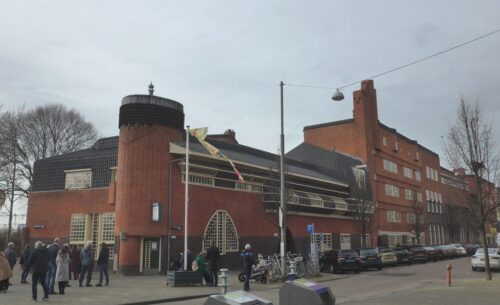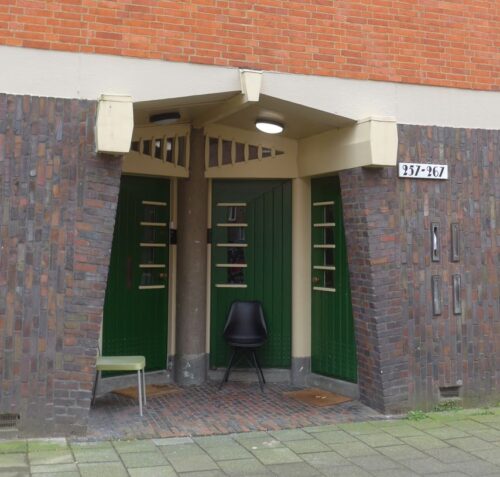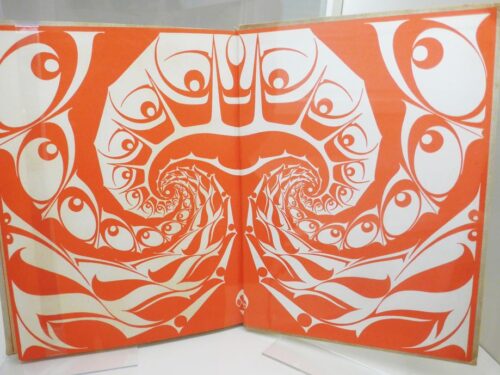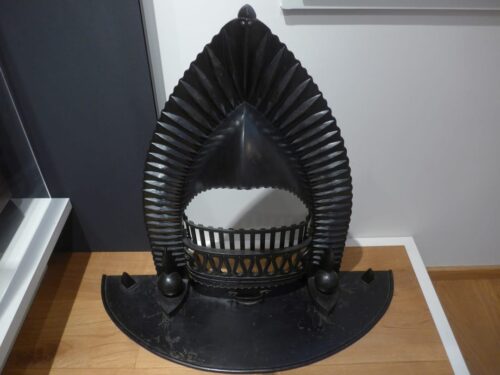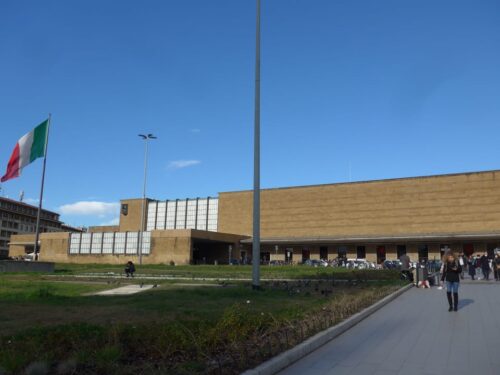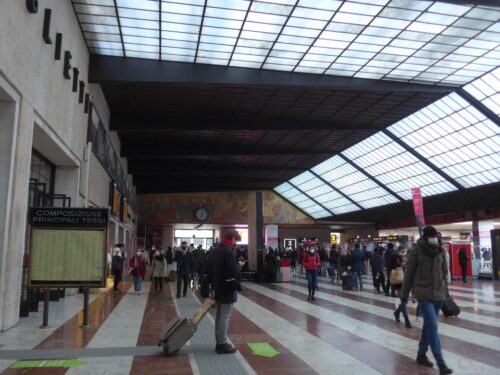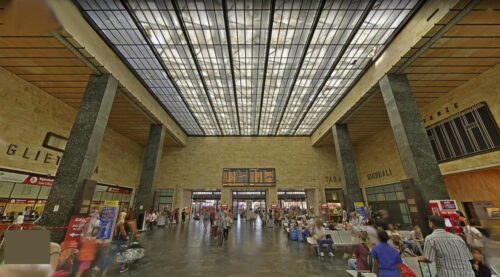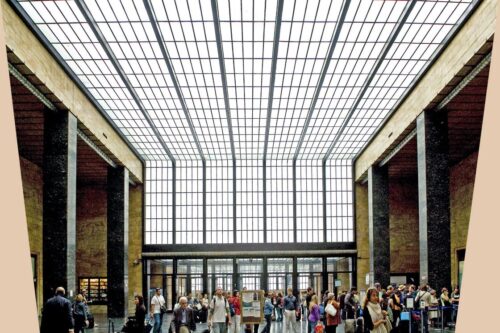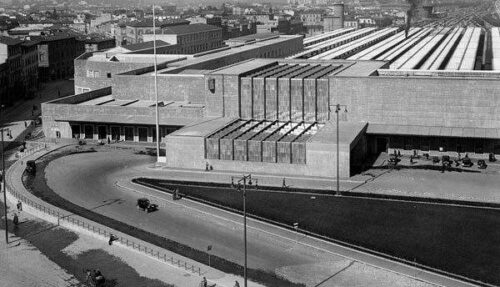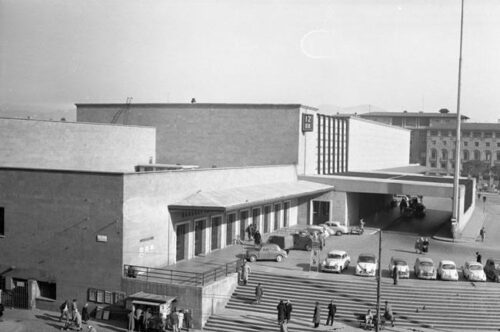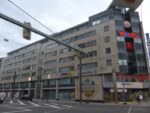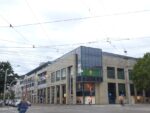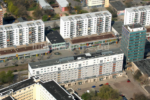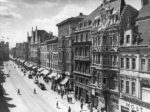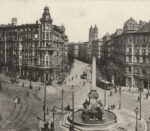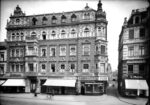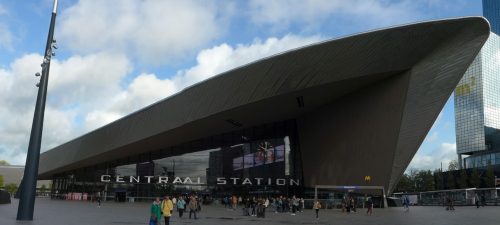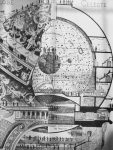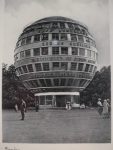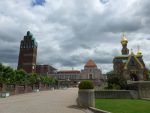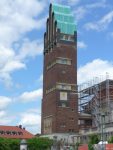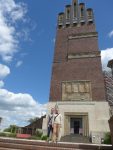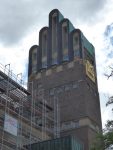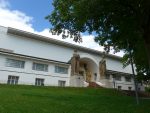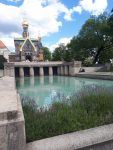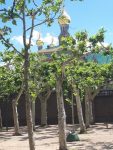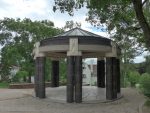Some parts of the miniseries “Unorthodox” about the woman who escaped from a Hassidic sect in Brookyln was filmed a block away from me, namely, the apartment where her mother lives. Incidentally it was designed by a really, really horrible architect who also was one of Berlin’s most popular from the 80s to 2000s. He specializes in sharp pointy angles, awkward geometric shapes forced into screeching juxtapositions, an aggressive rejection of proportion and harmony, and railings made of thin metal rods bent into ugly forms with lots of gaps and protrusions for entangling limbs, purses, shoulder bags, and children’s heads.
Next to the apartment building is a school he designed which a newspaper called a “chronicle of scandals”: construction took eight years, leaving a trail of bankrupt companies and water leaks and a bill almost twice what was budgeted. However this is normal for Berlin so it wouldn’t be fair to blame him alone. All that was years before they had any idea a wing would have to be completely shut down and barricaded in 2017 after less than 20 years of use, due to deterioration, holes in the walkways big enough for a child to fall into, lack of fire exits, and still more leaks, forcing the students to eat lunch in their classrooms and the cancellation of German-language classes for immigrants which were held there. The school is in one of the city’s most desirable and prosperous neighborhoods, by the way, but it has armed guards due to intractable ongoing problems with violence.
Anyway… that all has nothing to do with the Unorthodox show. Here are photos showing the parts that were filmed just down the street from me. Click on the photos to enlarge. In each pair, the one on the left is a screenshot from the show and the one on the right is a photo I took myself. These are all scenes from when she goes to visit her mother; it’s literally about one minute’s walk from my door. In the last one it’s a little less clear but you can tell by the awnings.
 Continue reading ““Unorthodox” miniseries, also, very bad architecture”
Continue reading ““Unorthodox” miniseries, also, very bad architecture”
